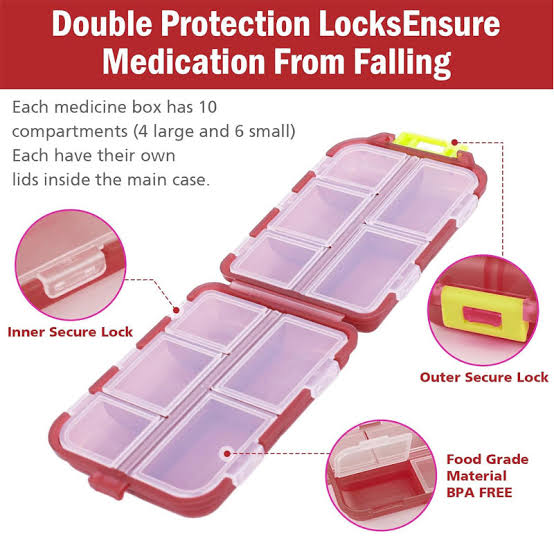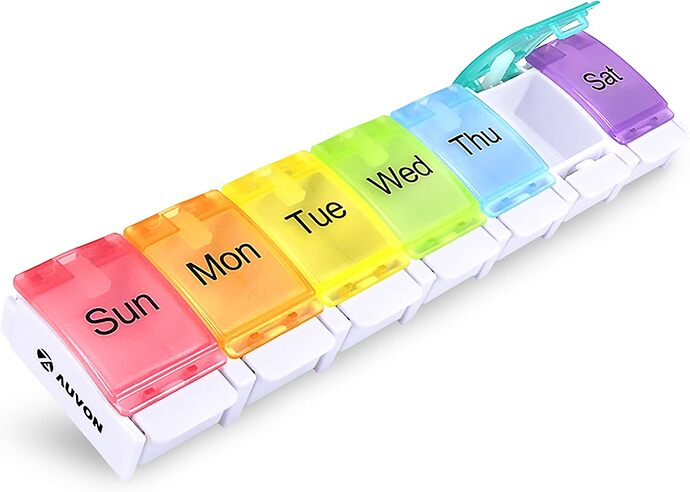![]()

So I’ve now ordered some more practical 3mm cubes. So ill up the size to 3 x 15mm I’ve also ran some some simulations to see the field. ( overcomplicated bs. Just give me shapes and some wiggly lines ffs… )
I’ve also cadded a case to assist with sticking them togeather for gluing. And I’ve also designed an semi open capsule . No glue required. I’ll be able to test a diametric. Axial and hallbach array side by side to see if there’s any real world potential to dangerous and precautiously sticking aposing magnets togeather.
Let’s talk science. This guy measured some arrays. Standard. Hallbach. And hallbach iron backed. I was considering a back iron. To assist with fixing and inproved preformance. But its shinanigins is only improved slightly.
If you have any sugestions to try during the experiments let me know. I’m about to jump down a pyramid magnet rabbit hole…
So overall it looks like you can get significantly stronger fields at very close proximity to the magnetic surface using a Hallbach array, however the field strength falls dramatically with distance (as expected) until your gains are likely not worth the physical volume required by the array itself. In short, this means lifting power is enhanced considerably but field “reach” (distance) which might be useful for sensing applications will likely be offset by the considerable brick of magnets you have to use to achieve this.
Or you could just get an m1448a ![]()
Valid. when lifting . aren’t you capitalising on close proximity? So from a purely lifting standpoint a hallbach may be advantageous. But how much more advantageousness… this i hope to measure. Using 5 cube magnets in each array in hope to measure or quantify the difference between the arrays. Using the cubes as a control of sorts..
I do think with your specific constraints a Halbach array of cubes vs a straight bar magnet of the same length and width dimensions would be advantageous and not take up any more physical volume.
Also, if you want to get an idea of how the magnets might work when under the skin, I would play it safe and use three bandages / plasters stacked overtop each other to add just that little bit of extra distance. That should give you a more conservative approximation of subdermal performance of a resin encapsulated magnet array.
Awsome. I’ll keep yall posted and ill try make a snazzy video of the experiment. For shits and giggles. Place your bets now…
But how much more adventageousnessness?
Check the graph in that guy’s video.. with 1mm I think it was a 93% improvement. Skin is 2mm typically so probably around 75% adventageousnessness.. roughly guessing
So the magnets will be here soon so prehaps someone here can assist. As u know im gona be making a magnetic array . Potentially for an implant. During the testing id like to house the arrays in a plastic case. 1 to hold the magnets chosen orientation. And 2 to provide the gap created by the bioresin coating. I really dont wanna have to 3d print them and im hoping that I can use something pre existing. Inner diameter needs to be 15x 3mm x 3mm with a wall thickness between .5 and 1 mm. I haven’t found anything suitable yet. Looks like I’d better get out the old tinkercad again
Great sugestions there… I printed a lil 4mm case. Will do for testing.
Progress report. I have all the bits with me in work so ill have a play on the clock.
Ive managed to make a array. It was fiddley as fuck but wasnt too bad to do.
ill have to to the weight test tomorow morning.
*diametric ![]()
Thank buddy. Diametric makes way more sense.
Just asked a staff member to take part in a blind test. Passed him both arrays and a paperclip and asked which one is more sticky. The staff member after a bit of testing concluded the hallbach is more sticky. Which directly translates to more avantagessness







